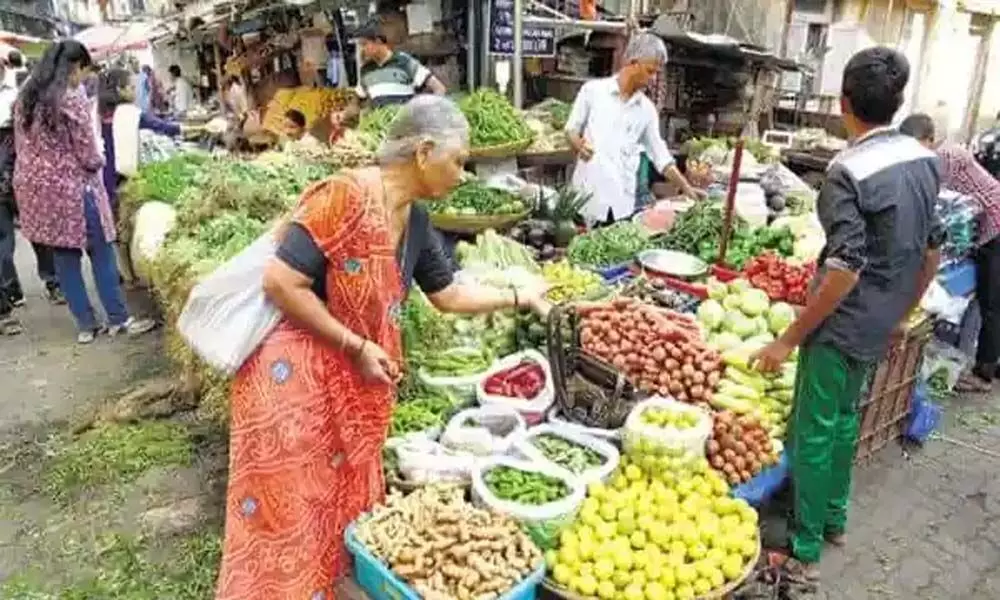Retail inflation rise may lead to repo rate hike in coming months
That RBI has kept its key policy rates like Repo unchanged for the seventh time in a row, while reviewing its annual monetary policy on Friday, goes much on the expected lines.
image for illustrative purpose

That RBI has kept its key policy rates like Repo unchanged for the seventh time in a row, while reviewing its annual monetary policy on Friday, goes much on the expected lines. However, the problem lies on the central bank's decisions on some of the other fronts.
Frankly speaking, there seems to be an emerging split between the six-member Monetary Policy Committee which is headed by the RBI governor Shaktikanta Das. The bone of contention lies with the retail inflation at 5.7 per cent, which has gone beyond the RBI's targeted level of 5.1 per cent. In fact, the inflation has transitory aspects, led by supply-side bottlenecks. The worry is that the higher inflation may lead to the interest rates going northwards in days to come.
Yes, the fact that GST collections, after remaining muted for two months in the past, have resumed and gone beyond Rs 1 lakh crore on a monthly basis, which augurs well for the economic recovery. The monsoon has also been good so far which can also provide a comfort to the economic revival. The monsoon has revived after a brief hiatus and Kharif sowing is gaining momentum, which is again a positive sign.
But, the problem lies somewhere else. As the RBI governor himself accepted that consumer price inflation surprised on the upside in May reflecting a combination of adverse supply shocks, elevated logistics costs, high global commodity prices and domestic fuel taxes. It speaks volumes the difficult times the country's economy was passing through. True, the stock market was zooming and the Sensex, for the first time, has even crossed the mark of 54,000. Still, people are clueless about the future direction of the capital market without having strong fundamentals.
Keeping it in view, the analysts do expect additional liquidity normalization measures in forms like overnight Variable Reverse Repo Rate (VRRR), increased quantum of higher tenure VRRR in the months ahead. These all may take place even before a Reverse Repo rate hike, which was likely to happen in December.
Secondly, international crude oil prices remain volatile and which has much to do with our supply side related bottlenecks. The hopes are pinned on moderation in prices as a consequence of the OPEC plus agreement which could contribute towards alleviating inflation pressures. But, there was no clarity on the front as of now.
It is unlikely that the RBI will change its stance in the forthcoming bi-monthly October policy. However, one can expect the beginning of the policy normalization in the form of hike in Reverse Repo rate in December policy. Of course, it will depend upon fading of risks of further Covid-19 wave amidst high pace of vaccination and visibility of durable growth.
Again, until the new benchmark is routinely included in liquidity operations, which may be unlikely until its issuance attains a reasonable volume, Icra expects its yield to continue to inch up to as much as 6.35 per cent.

